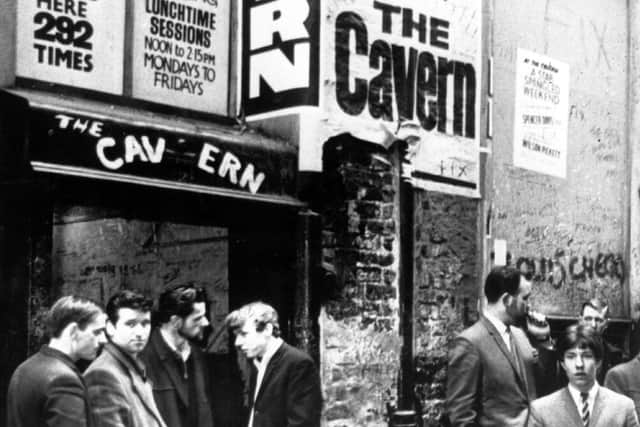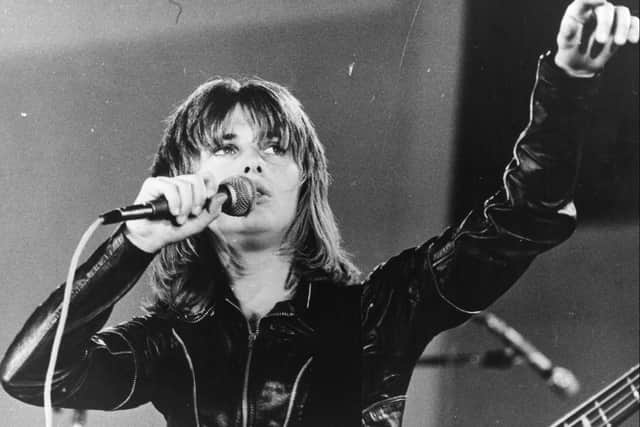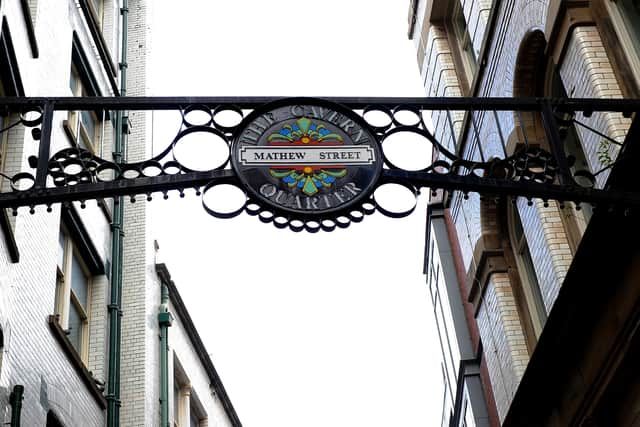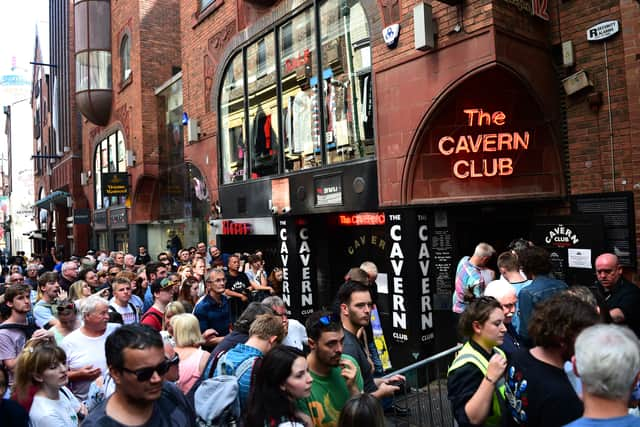The Cavern Club: why the home of The Beatles was forced to relocate in 1973
and live on Freeview channel 276
The Cavern Club has become the heart of Liverpool’s music scene, since it catapulted The Beatles from humble beginnings to mainstream success.
The venue, which initially opened as a jazz club in the late 1950s, has seen many of the world’s greatest stars give intimate live performances while they were still growing and finding ‘their sounds’. Cilla Black, Queen, The Rolling Stones, and The Arctic Monkeys, have all had breakthrough performances at the incredible club.
Advertisement
Hide AdAdvertisement
Hide AdPrior to its reputation of being a platform for music icons, The Cavern Club was relocated.
Who founded The Cavern Club?
Throughout its time as a dominant fixture in Liverpool’s music scene, The Cavern Club has changed ownership various times.
Alan Sytner, who was the original owner, was inspired by the Jazz district in Paris, where a number of clubs were being set up inside cellars. He found and started leasing a cellar to a fruit warehouse, which was previously used as a shelter during World War II.


The Jazz club would regularly be crammed full of hundreds of music fans, as more queued outside with hopes of getting into the club. After just two years, Alan sold the lease for The Cavern Club to businessman and music promoter, Ray McFall, after deciding to move to London.
Advertisement
Hide AdAdvertisement
Hide AdDespite the success of the club, it was not considered a financially secure business in 1966 and Ray was forced to declare bankruptcy.
A new investor, Alf Geoghegan then took the reins hoping to develop the popular music venue. However, by 1969, Alf decided that it was time to retire so he sold the Cavern Club to Roy Adams, who had built a name for himself as “Liverpool’s King of Clubs.”
Adams had begun his career as a club bouncer and spent years working his way up the ladder, going on to develop his club business - owning Liverpool’s Chequers and the Iron Door Club. Roy Adams became the last owner of the original Cavern Club, as it was forced to close its doors in March 1973.
Why did The Cavern Club get closed down?
The early 1970s saw the appearances of acts including Queen, The Kinks, and The Rolling Stones at the famous Mathew Street venue. However, it was American singer, Suzi Quatro, who was the last major artist to perform at the original club, before its closure in 1973.


Advertisement
Hide AdAdvertisement
Hide AdThe Cavern Club closed after British Rail took ownership of the warehouse block containing The Cavern Club and its cellar in 1972. The initial plan was to demolish the building in order to make space for a ventilation shaft for the new Merseyrail, underground railway.
The old warehouse above the famous Cavern Club was demolished, while the cellar itself was filled with rubble and left like a tomb. The proposed plans for the ventilation shaft were soon scrapped, as water was found underneath and the area was turned into a car park instead.
Where was The Cavern Club reopened?
Roy Adams re-opened the club across the road on 27 May 1973, and hung the iconic sign above the new Cavern Club entrance. This venue was much bigger, but unfortunately it wasn’t as popular as it once was. The name was changed to Revolution, however this incarnation didn’t work either and it was closed by 1976.
The location was then rented by local entrepreneurs, Roger Eagle and Pete Fulwell, who rebranded the venue as Eric’s, which became a highly successful punk music venue until 1980.


Advertisement
Hide AdAdvertisement
Hide AdAdams’ company Cavern Enterprises Ltd continued to operate, but only as a business renting space to Eric’s. The original Cavern Club sign remained on the wall of Eric’s until 1995, which caused confusion over the years.
After John Lennon’s Death in 1980, local architect David Backhouse began working on plans to re-open the original Cavern Club site.
In 1982, plans to excavate The Cavern Club started, but the original walls proved far too fragile, so The Cavern was carefully dismantled instead. The project continued as thousands of bricks were saved and used in the rebuilding of The Cavern Club on 70% of its original site.


The club finally reopened in 1984, with an authentic reconstruction below ground level complete with a restaurant, bar and memorabilia gift shop.
Advertisement
Hide AdAdvertisement
Hide AdThe owner at the time of re-opening in 1984, was Liverpool Football Captain and legend Tommy Smith, who invited over 100 acts back to the club to sign the back wall, behind the stage.
Today, The Cavern Club is co-owned by Bill Heckle and Dave Jones.
Comment Guidelines
National World encourages reader discussion on our stories. User feedback, insights and back-and-forth exchanges add a rich layer of context to reporting. Please review our Community Guidelines before commenting.
